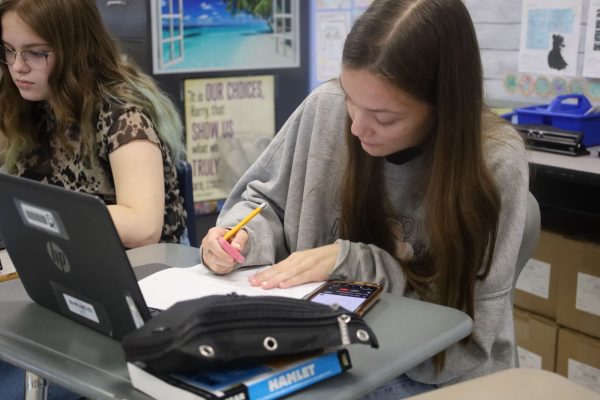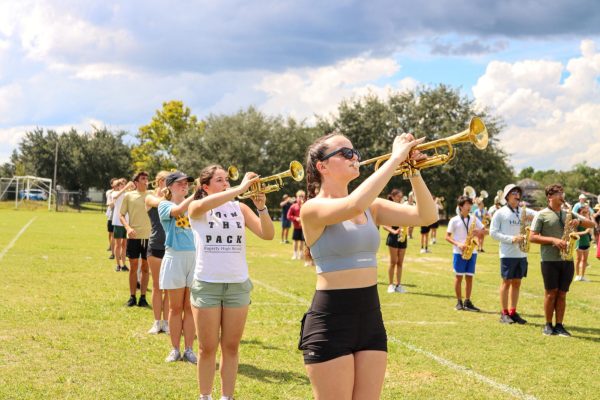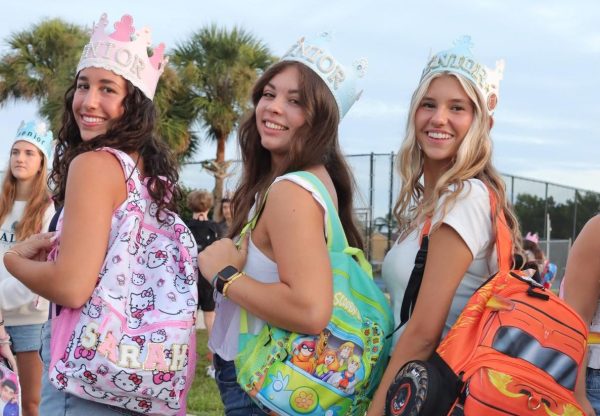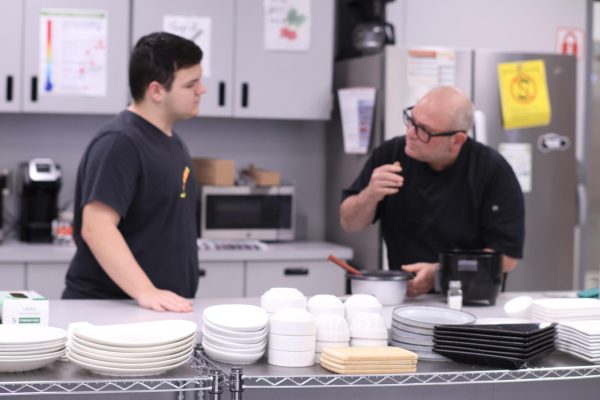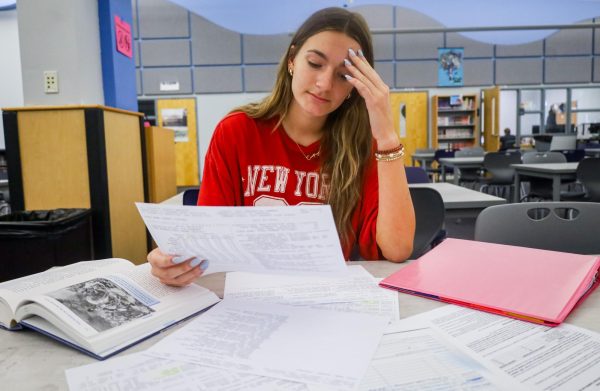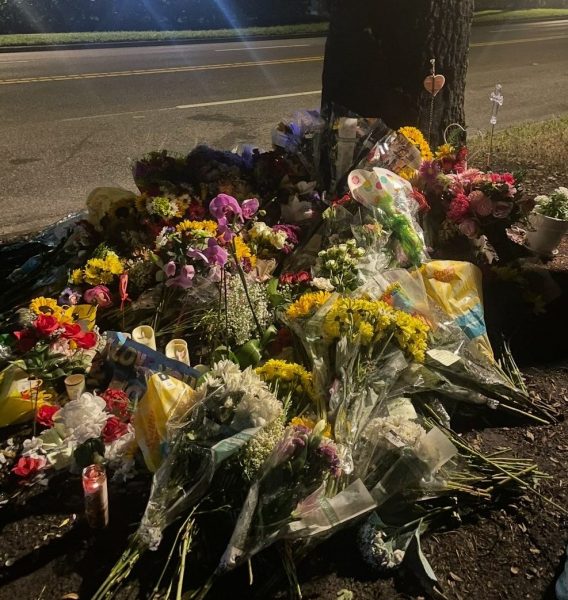Redefining popularity
photo by Andrea Izaguirre
What is popularity?
“The most liked people among a population,” junior Isabella Parron said.
“The amount of friends you have,” sophomore Gabby Bornelus said.
“When everybody knows your name and who you are,” senior Sadie Webster said .
“An irrelevant status that people hold as part of someone’s personality,” freshman Jalynn White said.
“An overall view of someone from a large group of people,” sophomore Jack Schuck said.
During an interview in 2017, clinical child and adolescent psychologist and writer of Popular: The Power of Likeability in a Status-Obsessed World, Mitch Prinstein said, “We learn about popularity as we are growing up, and we have this choice to make about which type of popularity we want to seek for the rest of our lives.”
Prinstein defines popularity in two ways: Likeability and status. Likeability can also be referred to as childhood popularity. The kids who make others feel good, included and valued are the ones who are the most “likable.” But once everyone enters high school, they begin talking about who is “cool,” or who has the most followers on Instagram.
“I wouldn’t say anyone at Hagerty is popular, but if I was asked who is popular in middle school, I would have given a name,” said Bornelus.
Similarly, sophomore Alfonso Hilerio relates the altered meaning of popularity to maturity and location.
“Popularity depends on the situation,” said Hilerio. “When I go to a sports event and I know I’m a good player, I consider myself popular among the people around me because they also recognize that I am good.”
Throughout history, popularity has been based on community and working together toward common goals. Those who stand out as unique, such as someone being rewarded for creating a good environment, would be considered a popular figure in the past.
“Our whole Western society used to value likeability a lot more than it does now. You can never leave your house and pretty much work, live and do everything without even having to go outside or work with others collaboratively,” Prinstein said. “Now that this is the world that we all live in, it makes it harder for people to care about likeability.”
The reason why status is a big deal is around age 11 or 12 has something to do with puberty to change in middle school. Scientific studies such as Adolescent Maturity and the Brain from the US National Library of Medicine National Institutes of Health in 2010, reveals that part of maturing affects how the brain responds to people near, and caring about social relationships. Specifically, adolescent brains start to become really tuned in to who is getting the most attention, who seems most powerful, influential and who everyone else looks at the most.
Many people get their status by stepping on others and making themselves seem more powerful or important or worthy of attention than others. In doing so, they actually make themselves quite dislikable. However, people who are status-seeking tend to focus too much on their own image and only do things that will maintain or augment their position. In reference to her old school, Webster can relate.
“Popularity was very evident. People were actually pretty mean, and the ones considered popular knew they were the ‘it’ crowd,” said Webster.
Status is the primary form of popularity displayed in media and pop culture, creating a misconception of what it means to be popular. Movies such as Mean Girls depict status popularity through a wealthy, dislikable female antagonist: Regina George. Another example would be Sharpay Evans from the High School Musical movie series.
“Movies like Mean Girls kind of scared me going into high school. I assumed there was going to be that group of girls that bullied everyone,” said Bornelus. “But nobody is going to walk up to your locker and slam it in your face, then have everyone else come surround you laughing.”
Similar to how Regina and Sharpay are disliked among their peers, some popular students are also widely disliked by their peers, even when those same peers seek to emulate them. Although people are hardwired to seek popularity, it is not always healthy. In fact, status popularity puts teens at risk for long-term consequences. It affects friendships, dating life, career choices, happiness in adulthood and even lifespan.
In his own research, Prinstein conducted a study to see what happens to the “coolest” kids in high school once they grow up. It is found they are at much greater risk for being lonely, getting fired, suffering from addictions and having their partners break up with them. A study led by Joseph P. Allen, Hugh P. Kelly Professor of Psychology at the University of Virginia found similar results. Allen reflected on the results stating, “It appears that while so-called ‘cool’ teens’ behavior might have been linked to early popularity, over time, these teens needed more and more extreme behaviors to try to appear cool, at least to a subgroup of other teens.”
“I feel like popularity is left behind in high school, so if you are considered popular in high school, it’s not going to follow you ever, you move on,” said Webster.
However, unlike its portrayal in films, status is not always a negative form of popularity.
“I considered myself popular at my old school because I talked to and knew everybody, and was friends with everybody, especially because I was a social butterfly.”
Your donation will support the student journalists of Hagerty High School. We are an ad-free publication, and your contribution helps us publish six issues of the BluePrint and cover our annual website hosting costs. Thank you so much!


